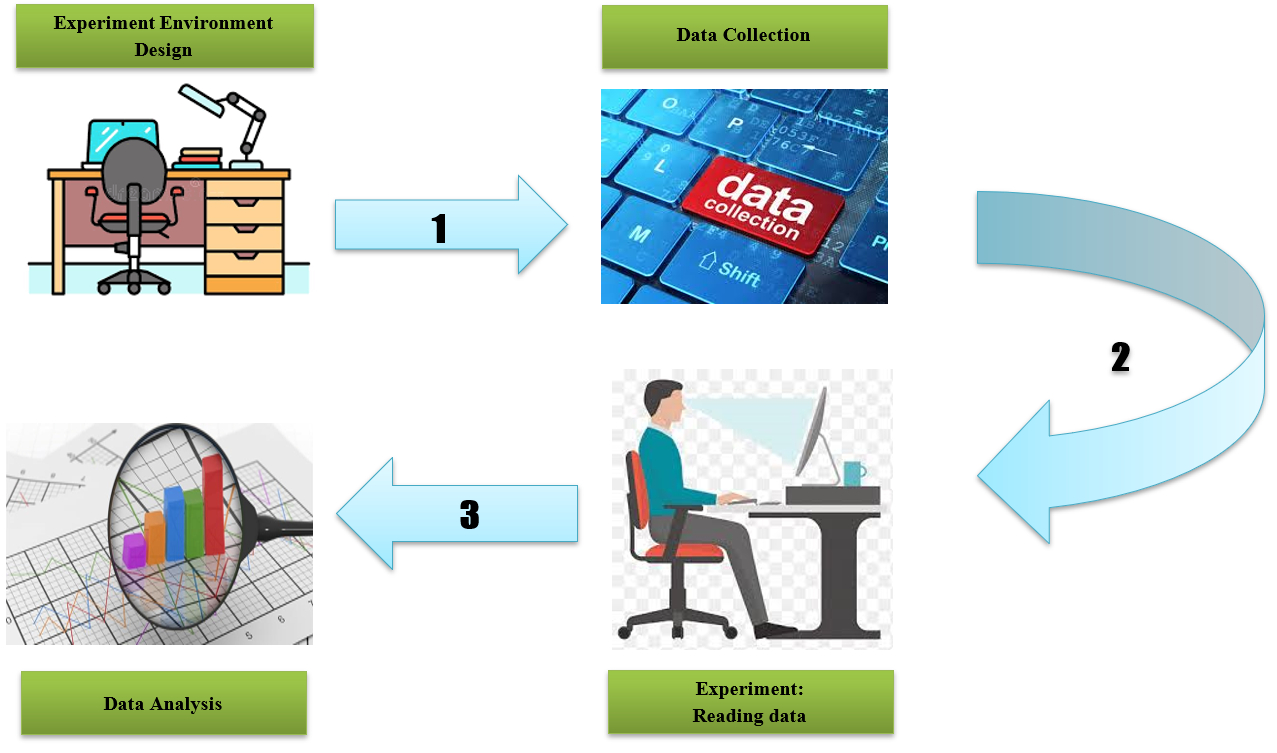Volume 12, Issue 1 (3-2022)
J Health Saf Work 2022, 12(1): 54-66 |
Back to browse issues page
Download citation:
BibTeX | RIS | EndNote | Medlars | ProCite | Reference Manager | RefWorks
Send citation to:



BibTeX | RIS | EndNote | Medlars | ProCite | Reference Manager | RefWorks
Send citation to:
Mazloumi A, Samiei S, Pourbabaki R. Experimental Study on the Effect of monitor height on Eye Indices Influencing Eye Discomfort among VDT Workers. J Health Saf Work 2022; 12 (1) :54-66
URL: http://jhsw.tums.ac.ir/article-1-6633-en.html
URL: http://jhsw.tums.ac.ir/article-1-6633-en.html
1- Department of Occupational Health Engineering, School of health, Tehran University of medical sciences, Tehran, Iran , amazlomi@tums.ac.ir
2- Department of Occupational Health Engineering, School of health, Tehran University of medical sciences, Tehran, Iran
3- Student research committee, Department of Occupational Health Engineering, School of Health, Shiraz University of Medical Sciences, Shiraz, Iran
2- Department of Occupational Health Engineering, School of health, Tehran University of medical sciences, Tehran, Iran
3- Student research committee, Department of Occupational Health Engineering, School of Health, Shiraz University of Medical Sciences, Shiraz, Iran
Abstract: (1601 Views)
Introduction: Nowadays, excessive computer use in the workplace has raised concerns about the health status of VDT workers, particularly complaints about eye discomforts. Due to the importance of the eyelids and eye closure parameters on eye health during computer works and the direct effect of monitor height on these parameters, this study was aimed to examine the effect of different monitor heights adjustment on the eye indicators and eye discomfort among participants.
Material and Methods: In this study, any changes in the eye indicators including blink rate, the eye blink opening and closing time, the blink opening rate in three different monitor heights (standard, low, and high) were examined among 11 participants. The blink rate and the eye blink opening and closing time were measured and evaluated using videotaping and analyzing by an image processing software, developed in this study. Participants were also asked to complete a questionnaire for eye fatigue assessment due to daily computer uses.
Results: Results showed that the highest rate of eye blink was at the standard height of the monitor, and this rate was significantly different at three different heights of monitors (high, standard, and low) (p<0.05). The lowest blink rate was observed at low and high heights with an average of 7.3 and 7.8 and the highest blink rate at standard height with an average of 8.9 blink per minute, respectively. Meanwhile, image processing and analyzing of eye surface showed, in average, 16% decrease in the opening rate of the eye surface by decreasing the height of the monitor, and 15% increase by increasing it, relative to the standard mode of monitor.
Conclusion: To protect users from computer-related eye strain, it is recommended to correct monitors height to the standard height along with typing and data entry training for keyboarding skill development and minimizing working times as a result. What is more, a proper work-rest schedule when working with computer can be considered as an effective countermeasure to prevent from eye strain.
Material and Methods: In this study, any changes in the eye indicators including blink rate, the eye blink opening and closing time, the blink opening rate in three different monitor heights (standard, low, and high) were examined among 11 participants. The blink rate and the eye blink opening and closing time were measured and evaluated using videotaping and analyzing by an image processing software, developed in this study. Participants were also asked to complete a questionnaire for eye fatigue assessment due to daily computer uses.
Results: Results showed that the highest rate of eye blink was at the standard height of the monitor, and this rate was significantly different at three different heights of monitors (high, standard, and low) (p<0.05). The lowest blink rate was observed at low and high heights with an average of 7.3 and 7.8 and the highest blink rate at standard height with an average of 8.9 blink per minute, respectively. Meanwhile, image processing and analyzing of eye surface showed, in average, 16% decrease in the opening rate of the eye surface by decreasing the height of the monitor, and 15% increase by increasing it, relative to the standard mode of monitor.
Conclusion: To protect users from computer-related eye strain, it is recommended to correct monitors height to the standard height along with typing and data entry training for keyboarding skill development and minimizing working times as a result. What is more, a proper work-rest schedule when working with computer can be considered as an effective countermeasure to prevent from eye strain.
Type of Study: Research |
Received: 2022/03/6 | Accepted: 2022/03/30 | Published: 2022/03/30
Received: 2022/03/6 | Accepted: 2022/03/30 | Published: 2022/03/30
Send email to the article author
| Rights and permissions | |
 |
This work is licensed under a Creative Commons Attribution-NonCommercial 4.0 International License. |







